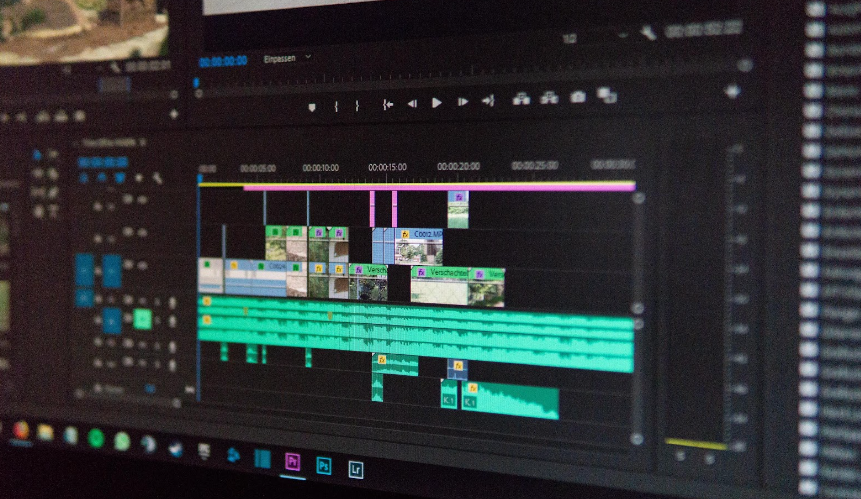Language learning is a journey that involves various techniques and strategies to grasp new vocabulary and concepts. One effective method in this journey is the use of definition worksheets. These worksheets serve as valuable tools to enhance vocabulary acquisition and comprehension skills. In this blog post, we will explore the significance of definition worksheets in language learning and delve into the process of designing them effectively.

The Significance of Definition Worksheets
Definition worksheets, created with a definition template at StoryboardThat, play a crucial role in language learning for several reasons. Here are some key points highlighting their significance:
Vocabulary Enrichment
One of the primary objectives of language learning is to expand one’s vocabulary. Definition worksheets provide learners with an organized way to explore and learn new words. By breaking down word meanings, learners can grasp the nuances and context in which words are used, leading to a deeper understanding of the language.
Contextual Understanding
Language is not just about memorizing isolated words; it’s about understanding how they fit into sentences and contexts. Definition worksheets encourage learners to explore word usage in sentences or short passages. This practice helps learners understand how words function in different contexts, leading to better comprehension and communication skills.
Active Learning
Definition worksheets promote active engagement with the language. Instead of passively memorizing words, learners are encouraged to think critically about their meanings. This active involvement enhances memory retention and the ability to recall words when needed.
Critical Thinking
Designing and completing definition worksheets requires analytical thinking. Learners need to decipher word meanings based on provided context or examples, which enhances their critical thinking skills. This skill is transferable to other areas of language learning and beyond.
Designing Effective Definition Worksheets
Creating definition worksheets that truly facilitate language learning involves careful consideration of various elements. Here’s a step-by-step guide to designing effective definition worksheets:
1. Select Target Words
Begin by selecting a set of target words. These words can come from a text that learners are studying, a thematic unit, or a vocabulary list related to a specific topic. The key is to ensure that the chosen words are relevant and useful for the learners’ language level and goals.
2. Provide Clear Definitions
For each target word, provide clear and concise definitions. These definitions should be tailored to the learners’ level of understanding. Avoid using overly complex language that might confuse learners further. If necessary, include example sentences to illustrate the word’s usage.
3. Contextual Usage
Include sentences or short passages that showcase the target words in context. This helps learners understand how the words are used naturally in sentences. Contextual usage also assists in grasping the subtle nuances of word meanings.
4. Synonyms and Antonyms
To deepen vocabulary understanding, include synonyms and antonyms for the target words. This expands learners’ grasp of word relationships and usage possibilities.
5. Application Exercises
Design exercises that require learners to actively engage with the words. These exercises can include filling in the blanks with the correct words, creating sentences using the words, or identifying the correct word based on its definition.
6. Review and Reinforce
Include a review section where learners can revisit the words they’ve learned in previous worksheets. Repetition is key to memory retention, and periodic reinforcement of vocabulary ensures that learners don’t forget the words they’ve studied.
7. Personalization
Allow room for personalization. Provide space for learners to write their own sentences using the target words. This encourages them to make the words their own and apply them in ways that are relevant to their lives.
8. Gradual Complexity
If you’re designing a series of worksheets, start with simpler words and gradually introduce more complex vocabulary. This progression helps learners build a strong foundation before tackling more challenging concepts.

Incorporating Definition Worksheets Into Language Learning
To make the most of definition worksheets, here are some strategies to incorporate them effectively into language learning:
- Consistent Practice: Consistency is key in language learning. Set a schedule for completing definition worksheets and encourage learners to practice regularly. Over time, this practice will lead to significant vocabulary growth.
- Integration with Learning Materials: Align definition worksheets with the learning materials or curriculum being used. This ensures that the vocabulary learners encounter in the worksheets is relevant to their overall language goals.
- Interactive Learning: Encourage learners to discuss the words and their meanings with peers. Group activities that involve sharing sentences using the target words can make the learning process more interactive and enjoyable.
- Real-Life Application: Prompt learners to use the words they’ve learned in real-life situations. Whether it’s writing emails, journal entries, or short stories, applying newly acquired vocabulary helps solidify understanding.
- Progress Tracking: Provide a way for learners to track their progress. This can be as simple as maintaining a list of words learned or completing self-assessment quizzes based on the definition worksheets.
Conclusion
Definition worksheets are valuable assets in the language learning toolkit. By providing learners with structured opportunities to explore vocabulary in depth, these worksheets foster vocabulary enrichment, contextual understanding, active learning, critical thinking, and language production. Designing effective definition worksheets involves careful consideration of target words, clear definitions, contextual usage, exercises, and periodic reinforcement. When incorporated thoughtfully into language learning routines, definition worksheets can significantly enhance learners’ linguistic abilities and confidence. Remember, language learning is a journey, and these worksheets are stepping stones toward fluency and mastery.
